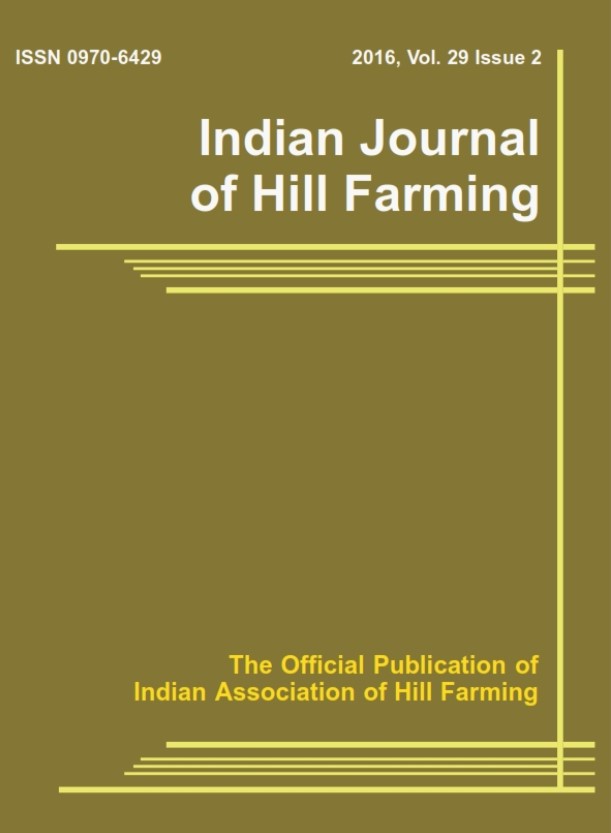Ethnoveterinary practices by tribal farmers & local healers in Sepahijala & Gomati Districts of Tripura
Keywords:
Ethnoveterinary practices, Medicinal plants, Farmers, TripuraAbstract
The study was conducted to identify, document and assess the medicinal plants used in ethnoveterinary practices by tribal farmers and local healers of Tripura. The study was conducted in the Sepahijala and Gomati districts of Tripura. The data were collected fromfifty farmers and five local healers through a semi-structured interview schedule in the selected study areas The interviewee were asked to identify, and locate the medicinal plants and to demonstrate the traditional remedy for the ailment in animals. A total of 24 medicinal plants (14 herbs, 5 shrubs and 5 trees) and 3 mixtures which were used in treatment and feeding of animals in the study area were identified and documented. The commonly found diseases treated by medicinal plants were gastrointestinal problems (diarrhoea, bloat, loss of appetite and vomiting) followed by wounds (FMD wounds and cuts or infected wounds), fever, skin infection, endo-parasitic infestation, joint problems, conjunctivitis, etc. The common parts of plants used were leaves followed by the stem, root/rhizome/tuber, fruits, flowers, seeds and whole plants. Such traditional knowledge of medicinal plants used in ethnoveterinary practices is needed to be identified, preserved and conserved for future application. Further studies related to the pharmaceutical properties of such ethnoveterinary plants may be studied in detail.




